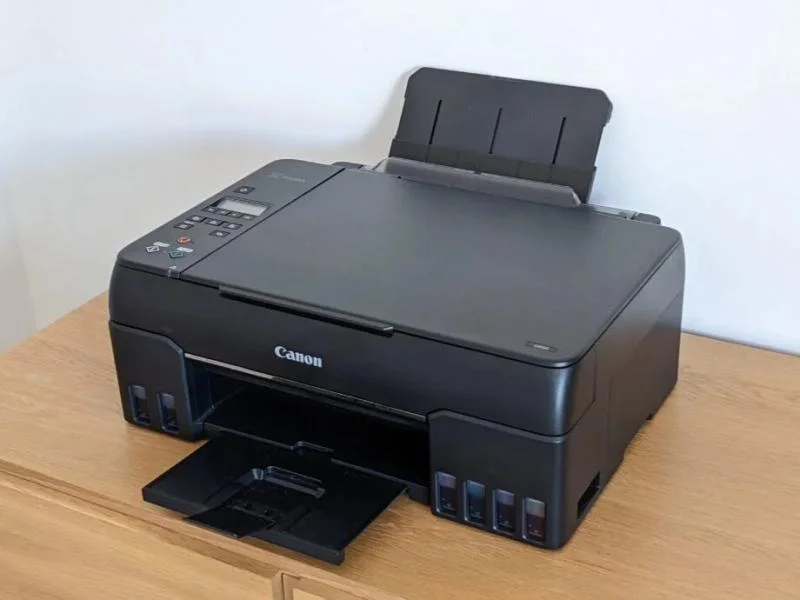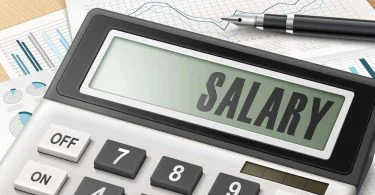A printer and a copier are essential office devices but serve different functions. The primary function of a printer is to convert digital input from computers, tablets, or other devices into a physical output, typically on paper. It can reproduce various file types, including text documents, images, and photographs. There are numerous types of printers, such as inkjet, laser, and 3D printers, each with different characteristics and applications.
In contrast, a copier, also known as a photocopier, is designed to duplicate hard copy documents or images onto paper directly. It scans the document to be reproduced and utilizes the scan to create copies. While some modern copiers can print when connected to a computer, their primary function is still duplicating extant hardcopy documents. The primary difference between printers and copiers resides in their respective inputs: printers work with digital data, while copiers work with physical documents. While there is a growing overlap between the two due to multifunctional devices, understanding their fundamental functions assists in identifying the appropriate tool for a particular task.
What is a Printer?
A printer is a peripheral device that may receive digital input from a computer or other devices and then make physical output, most commonly on paper. It turns information into a form that can be seen and used for different tasks, like printing out papers, photos, or even objects (in the case of 3D printers).
Different kinds of printers use different types of technology. Inkjet printers spray the ink onto the paper, making high-quality pictures and graphics. On the other hand, laser printers employ a laser beam to charge parts of a drum. This attracts toner and is used to print text and pictures on paper. Then, heat is used to bond the toner to the paper. People usually use these to print a lot of text papers.
Then there are thermal printers, often used for receipts and barcode stickers. These printers use heat to move the ink from the cartridge to the paper. 3D printers are a relatively new type of printer that use layers of materials, like plastic or metal, to make three-dimensional objects based on a digital model. In a nutshell, a printer is an essential tool for turning digital information into something physical. The type of printer picked usually depends on what the user needs to print.
What is a Copier?
A copier, also called a photocopier, is a machine that quickly and cheaply makes paper copies of documents and other images. The main thing it does is make copies of paper records. The copier works on the concept of photoconductivity. A light inside the copier moves across the page to be copied, and the picture is then reflected onto a photoconductive drum. The parts of the drum that are exposed to light lose their charge, while the parts that stay in the dark keep their charge. This makes an ‘electrostatic image’ on the drum. Then, toner, a type of ink powder, is put on the drum. It only sticks to the charged areas. The toner is then transferred to a piece of paper by rolling it over the drum. This makes an exact copy of the original document.
Traditional copiers could only make copies of documents, but current multifunction copiers can also scan, print, and send and receive faxes. Some can even print on both sides of the page, staple, and punch holes. A copier is a machine that can do many different things, but its main job is to make hard copies of physical documents. It is an integral part of document management in offices and schools.
Difference Between Printer and Copier
There is no equivalence between a printer and a copier. A printer is a device that converts data in digital form received from a computer or other device into an actual printout, typically on paper. It’s versatile enough to print everything from simple text documents to full-color images. On the other hand, a copier’s primary function is to make paper copies of previously printed materials. The original paper document is scanned and then printed. While many new photocopiers now serve as printers when linked to a computer, document duplication remains their primary use. Simply said, printers process digital data, while copiers deal primarily with paper documents. The primary differences between a printer and a copier are outlined here.
Input Type
Copier machines generally deal with physical papers, whereas printers deal with digital data.
Function
In contrast to copiers, primarily intended to make copies of existing physical documents, printers are designed principally to translate digital files into physical documents.
Versatility
Traditional copiers are primarily used for copying documents, but printers may print a broader range of file types.
Quality
In most cases, the output resolution of a printer, especially a photo printer or a high-end laser printer, will be superior to that of a copier.
Speed
Due to their specialized design, high-end photocopiers can crank out copies far more quickly than standard printers.
Color Capabilities
Full-color printing is possible on many printers, especially inkjets and color laser printers. Although colored copiers do exist, the majority of copiers on the market are monochrome (black and white).
Connectivity
Wi-Fi, Bluetooth, USB, and Ethernet are just some standard methods by which modern printers can be connected to a computer or mobile device. While these features are available on current multifunction copiers, traditional copiers are standalone.
Additional Features
Some multifunction printers also can scan, copy, and send faxes. Similarly, while current copiers can print, scan, and fax, copying is still their primary function.







